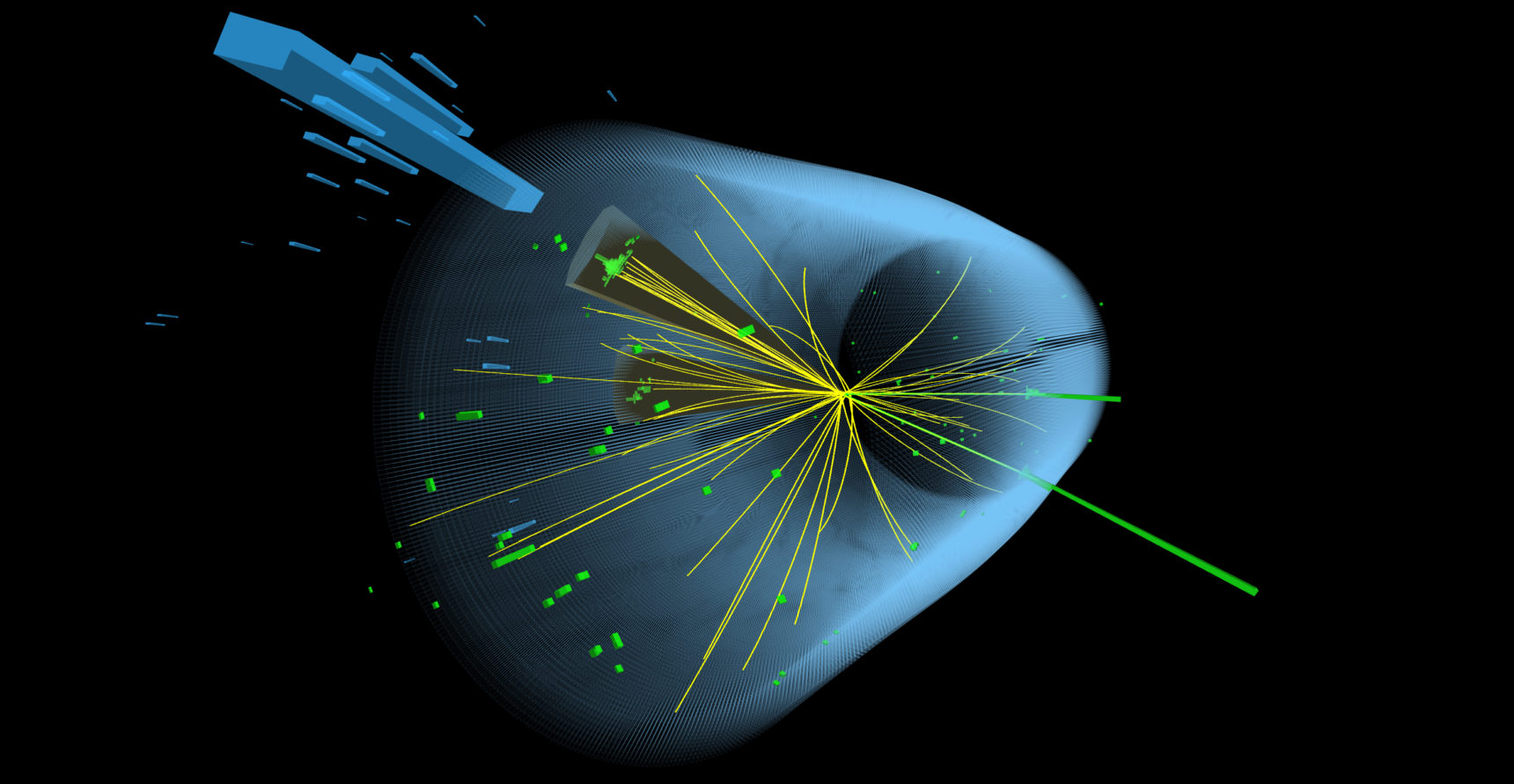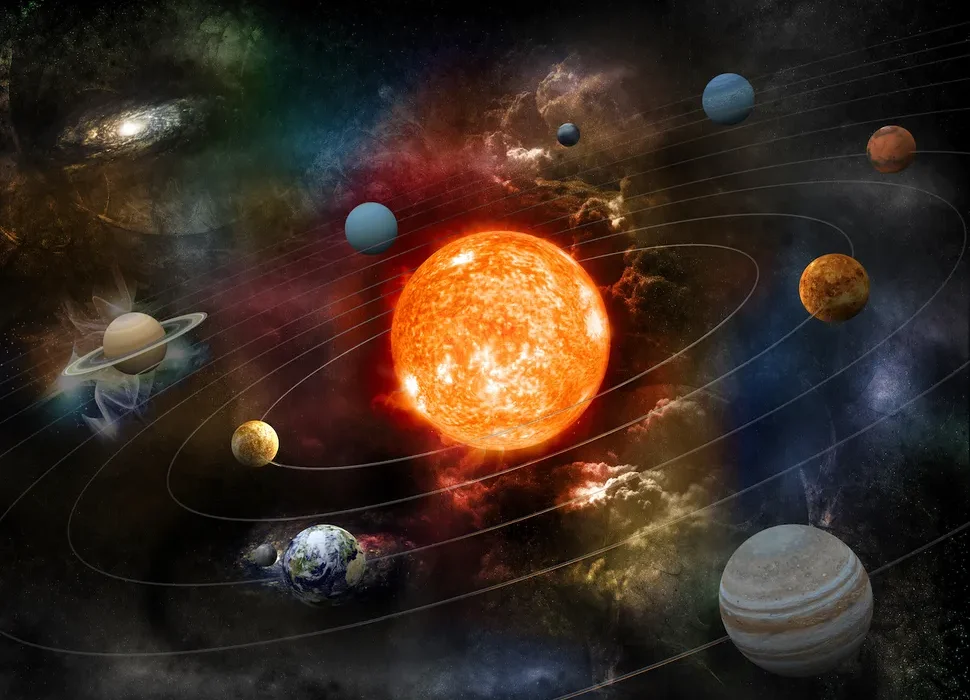At the heart of the universe lies a mystery so subtle that it took nearly half a century for humanity to confirm its existence. It is neither star nor planet, nor is it a particle in the traditional sense. It is a field, omnipresent, stretching across the vast cosmic expanse, invisible yet fundamentally shaping the fabric of reality. This is the Higgs field, a concept that stands as one of the crowning achievements of modern physics, explaining how the universe acquires the property of mass—the very characteristic that allows matter to coalesce, form structures, and give rise to galaxies, stars, planets, and ultimately life itself.
To understand the Higgs field, one must first appreciate the challenge it addresses. In the mid-20th century, physicists had formulated the Standard Model, an elegant framework describing the fundamental particles and forces governing the universe. The model accounted for quarks, leptons, and the forces of electromagnetism, the weak nuclear force, and the strong nuclear force. Yet a glaring question remained: why do these particles have mass at all? Why do electrons weigh something, why do protons and neutrons resist being pushed around, and why isn’t the universe a shapeless, massless void?
The answer, as theorized in the 1960s, lay in the existence of a pervasive field now called the Higgs field. The genius of this idea was to envision mass not as an inherent property, but as an emergent one—arising from the interaction between particles and this invisible, all-encompassing field.
The Birth of a Revolutionary Idea
The notion of the Higgs field was first articulated by physicist Peter Higgs, along with several others independently, in the early 1960s. While the mathematics of particle physics was increasingly sophisticated, there remained a stubborn problem. Symmetries—fundamental to the equations of nature—required particles to be massless. This conflicted with the observable universe, where electrons, protons, and neutrons clearly have mass. Breaking this symmetry without destroying the elegance of the theory demanded a bold solution.
Higgs proposed a field permeating all space. Particles acquire mass not because of some intrinsic heaviness, but because they interact with this field. Imagine a crowded ballroom where people move through a sea of dancers. A famous celebrity attempting to cross the room finds themselves slowed, impeded, or attracting attention. In the same way, particles moving through the Higgs field experience resistance, which manifests as mass. This analogy, while imperfect, captures the essence of how the field imparts weight to otherwise massless particles.
The Higgs field was more than a poetic idea—it predicted the existence of a particle: the Higgs boson, a tiny ripple or excitation in the field itself. Detecting this particle became the ultimate test of the theory. Its discovery would confirm that the universe indeed possesses a mechanism by which particles acquire mass, validating decades of mathematical predictions and fundamentally deepening our understanding of reality.
Mass: From Concept to Reality
The notion of mass seems deceptively simple. In everyday life, mass is the measure of an object’s resistance to being accelerated—a bowling ball is harder to push than a feather. In the realm of particle physics, mass takes on a more profound significance. Without mass, the universe would be unrecognizable. Electrons would not orbit nuclei, atoms could not form, stars could not ignite, and chemistry as we know it would be impossible. Mass is not just a number on a scale; it is the foundation of structure, complexity, and life itself.
The Higgs field provides a mechanism for this fundamental property. The field is constant, existing even in the emptiest vacuum. Particles that interact strongly with the field become heavy; those that barely interact remain light. The photon, carrier of light, famously does not interact with the Higgs field and remains massless, allowing light to travel vast distances unimpeded. Electrons interact moderately, acquiring their small but crucial mass. The W and Z bosons, mediators of the weak nuclear force, interact strongly, giving them considerable mass and allowing the weak force to operate over tiny distances.
This dynamic explains why particles differ so drastically in weight and behavior. It transforms mass from a static, mysterious property into a consequence of interactions—a subtle dance between the universe’s fundamental fields and its constituent particles.
The Hunt for the Higgs Boson
While the theory was elegant, nature is never obligated to reveal its secrets easily. The Higgs boson, the physical manifestation of the Higgs field, proved elusive. Its predicted properties suggested that it would be massive and decay quickly, making it extremely difficult to detect. For decades, particle physicists pursued it using increasingly powerful accelerators, hoping to generate the conditions where the Higgs might reveal itself.
This search culminated in the construction of the Large Hadron Collider (LHC) at CERN, the most powerful particle accelerator ever built. Stretching 27 kilometers beneath the Franco-Swiss border, the LHC smashes protons together at energies approaching the conditions of the early universe. Physicists hoped that amid the chaos of these collisions, fleeting traces of the Higgs boson would emerge, revealing itself through the particles into which it decayed.
The endeavor was monumental. Thousands of scientists from around the world collaborated, analyzing petabytes of data, refining algorithms, and ensuring every possible signal was detected and verified. The stakes were immense. Confirmation of the Higgs boson would not only validate the Standard Model but also demonstrate humanity’s ability to probe the most fundamental aspects of reality.
In 2012, the moment arrived. Two experiments at the LHC, ATLAS and CMS, independently observed a particle with properties consistent with the predicted Higgs boson. The announcement sent ripples through the scientific community and the world at large. The invisible field theorized nearly half a century earlier had been confirmed. Mass, that everyday property often taken for granted, was no longer a mystery.
The Higgs Field in the Fabric of the Universe
The discovery of the Higgs boson is more than a triumph of experimental physics; it reshapes our understanding of the cosmos. The Higgs field is not merely a mechanism for particle mass; it is woven into the very structure of the universe. It contributes to the energy of the vacuum, influences cosmological evolution, and plays a subtle role in the stability of the universe itself.
Some theories suggest that the precise properties of the Higgs field could determine the ultimate fate of the universe. If the field were slightly different, the universe might be unstable, collapsing upon itself or failing to form stars and galaxies. In this sense, the Higgs field is a cosmic architect, its invisible presence shaping the possibilities of existence.
Moreover, the Higgs field bridges the gap between the familiar and the abstract. It takes the intangible equations of quantum field theory and ties them to the tangible universe. Without it, atoms would be weightless, matter would not cohere, and the universe would be a featureless void. With it, structure emerges, complexity thrives, and the cosmos unfolds into the rich tapestry we observe.
Beyond the Standard Model
Despite its profound success, the discovery of the Higgs boson is not the end of the story. Physicists know that the Standard Model, though remarkably predictive, is incomplete. It does not account for gravity, dark matter, or dark energy, which dominate the universe’s mass-energy content. The Higgs field itself may be connected to deeper mysteries yet undiscovered, possibly hinting at supersymmetry, extra dimensions, or entirely new forces.
The Higgs boson may also hold secrets about the early universe. Moments after the Big Bang, as the universe cooled, the Higgs field transitioned from a symmetric state to its current form. This symmetry-breaking event gave particles mass and allowed structure to emerge. Understanding this transition more deeply could illuminate why the universe favors matter over antimatter, why it expanded as it did, and why it exists at all.
The Human Dimension
The story of the Higgs field is not just about mathematics and particles; it is about human curiosity, perseverance, and imagination. It spans decades, continents, and generations of scientists. It embodies the audacity to ask questions so fundamental that the answers seemed beyond reach. It demonstrates how abstract theory, creative thought experiments, and enormous collaborative effort converge to illuminate the invisible.
From the first equations scribbled on a blackboard to the high-energy collisions beneath Geneva, the Higgs field story is a testament to the power of inquiry. It reminds us that the universe holds mysteries beyond our senses and that even the most ethereal concepts can have tangible consequences. Every particle, every atom, and every star carries the mark of this invisible field, linking all existence in a subtle, profound web.
Conclusion: Mass, Mystery, and Meaning
The Higgs field transforms our understanding of mass from a mundane property into a cosmic phenomenon. It shows that the universe is not a passive backdrop but an intricate interplay of fields, forces, and particles. It explains how matter emerges, why the universe has structure, and how the abstract realm of quantum physics manifests in the tangible world.
The discovery of the Higgs boson marks both an ending and a beginning. It ends decades of speculation and uncertainty, confirming a central pillar of modern physics. Yet it also opens new frontiers, prompting deeper questions about the universe, its origins, and its ultimate destiny.
In contemplating the Higgs field, one glimpses a profound truth: the universe is not simply a collection of particles, but a living, dynamic interplay of energy and interaction. Mass, structure, and life emerge not from arbitrary happenstance but from the invisible, elegant, and omnipresent Higgs field. In the grand narrative of existence, this subtle field is a silent architect, shaping reality in ways that are at once mathematically precise, physically essential, and profoundly beautiful.
The story of the Higgs field reminds us that beneath the visible world lies an even more intricate reality—an elegant, unseen structure that gives weight to everything, from the tiniest electron to the vastest galaxy, and in doing so, makes existence itself possible.






